After hundreds of years of existence and many ups and downs, the Sa Huynh salt making profession of salt workers in Pho Thanh ward, Duc Pho town has been recognized as a national intangible cultural heritage.
Immediately after the Ministry of Culture, Sports and Tourism recognized and included Sa Huynh salt making in the list of national intangible cultural heritage, the People's Committee of Quang Ngai province directed all levels and sectors to manage, preserve and develop the value of this heritage.
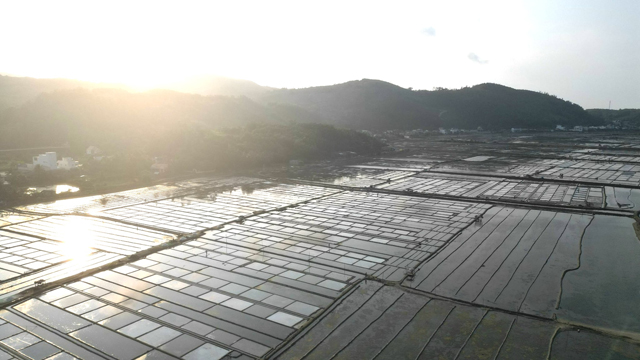
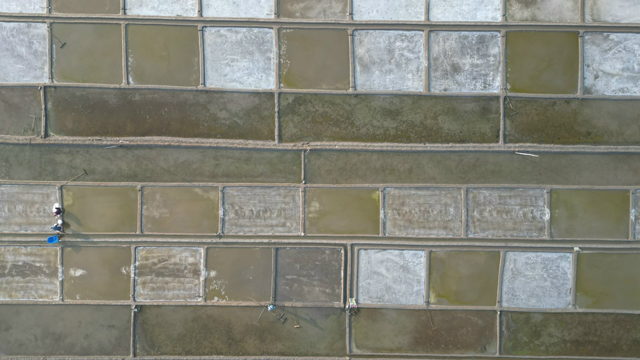
Morning on Sa Huynh salt fields. Photo: PL
Thus, after hundreds of years of existence and going through many ups and downs, the Sa Huynh salt profession of salt workers in Pho Thanh ward, Duc Pho town has been honored.
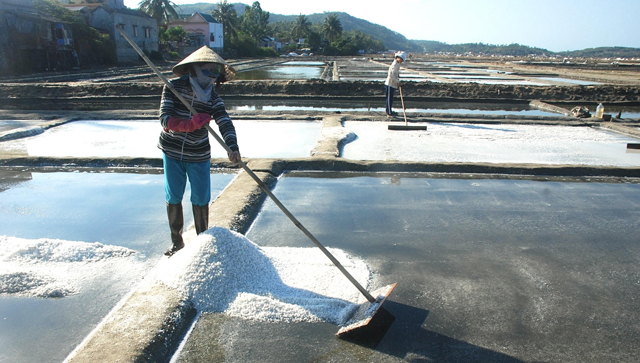
Sa Huynh salt making profession is recognized as a national intangible cultural heritage. Photo: VT
According to Sa Huynh people, Sa Huynh salt fields, Pho Thanh ward, Duc Pho town were formed in the 19th century. After more than a century of existence, Sa Huynh salt making has developed into a traditional craft village, with a value that is not inferior to any other famous salt making villages in the country, such as Ca Na, Hon Khoi...
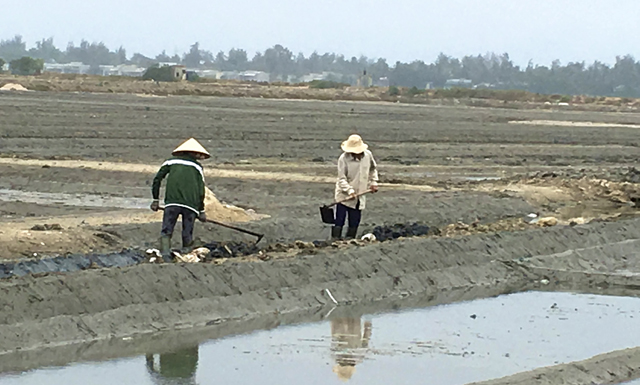
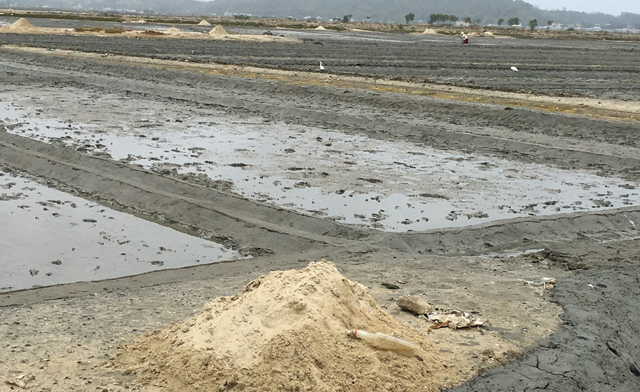
Every year after the traditional Tet holiday, people repair saltwater canals, silt fields... to prepare for the production season. Photo: CH
Covering an area of about 105 hectares, Sa Huynh salt field is the largest salt granary in the Central region, creating livelihoods for more than 500 salt farmers in 3 residential groups: Tan Diem, Thach Duc 1 and Long Thanh 1, with an output supplying the market from 6,000 - 6,500 tons of salt/year.
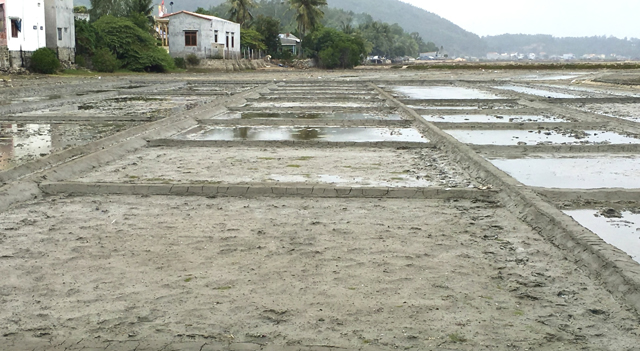
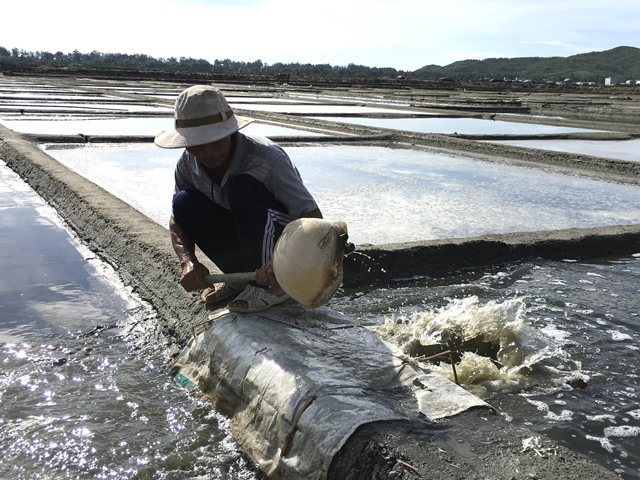
Bringing salt water from the canal into the fields to dry in the sun and create salt. Photo: CH
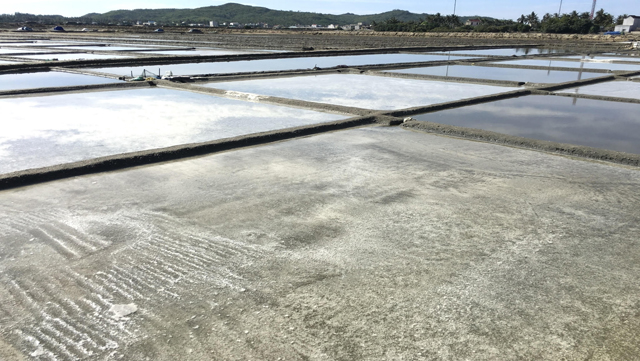
After a period of sun exposure, salt has formed on the surface of the field, ready for harvest. Photo: CH
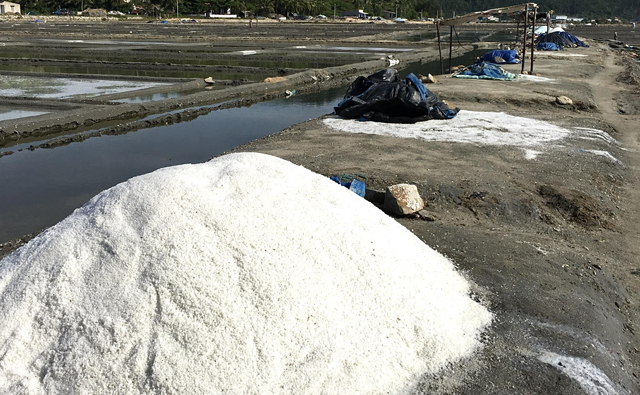
A pile of salt is raked from the field and brought ashore. Photo: CH
Like many other agricultural professions, the salt production activities of Sa Huynh salt farmers have gone through many hardships and ups and downs due to the story of "good harvest, low price and good price, bad harvest"; many times the salt produced was piled up, the price was cheap but no one bought it...
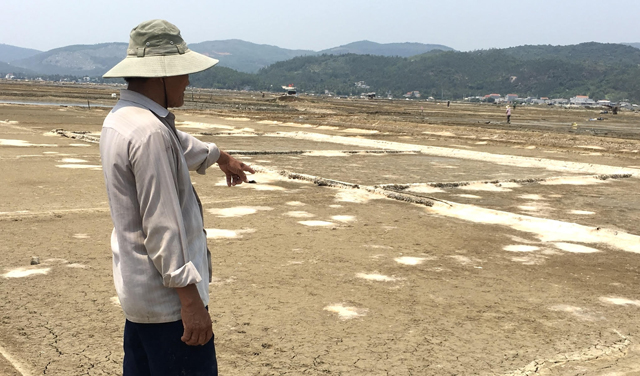
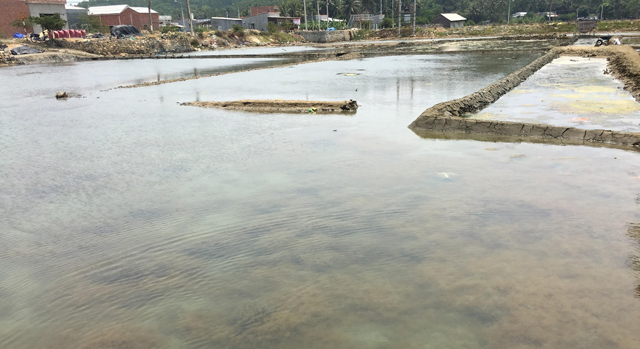
Many times, due to the low price of salt, no one bought it, so Sa Huynh people had to leave their fields fallow and not produce it. Photo: CH
Recently, with the support of the industry and domestic and foreign organizations, great opportunities have opened up for Sa Huynh salt village to develop community tourism , creating more income for salt farmers here.
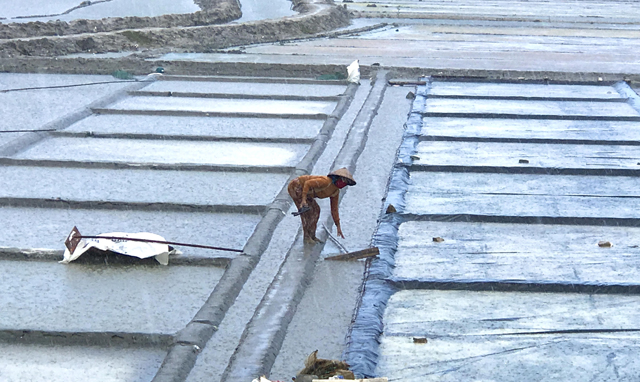
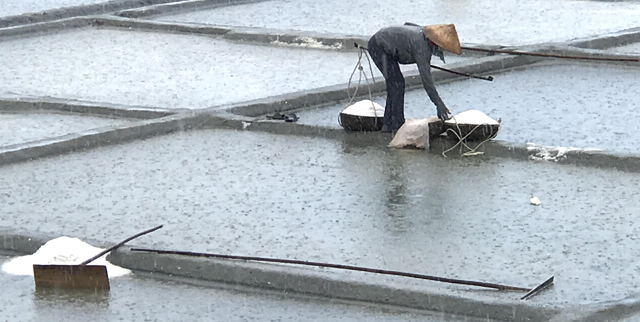
There are times when the salt has crystallized on the field, and when it rains, people have to work hard in the rain to harvest it, otherwise the crystallized salt will be dissolved by the rain. Photo: CH
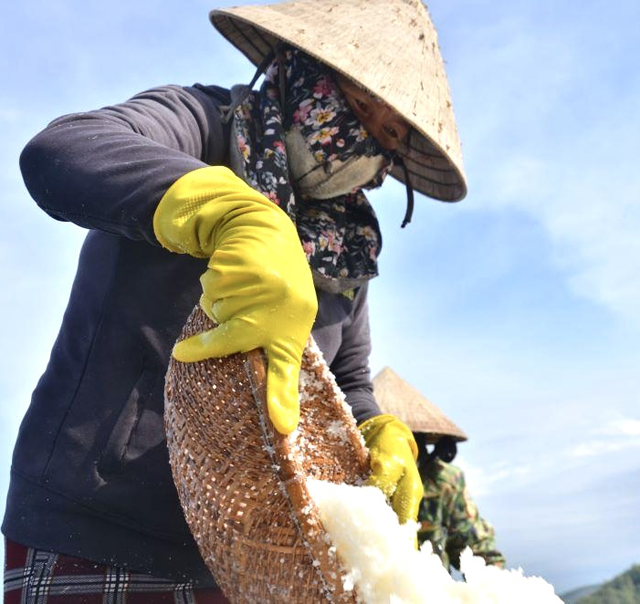
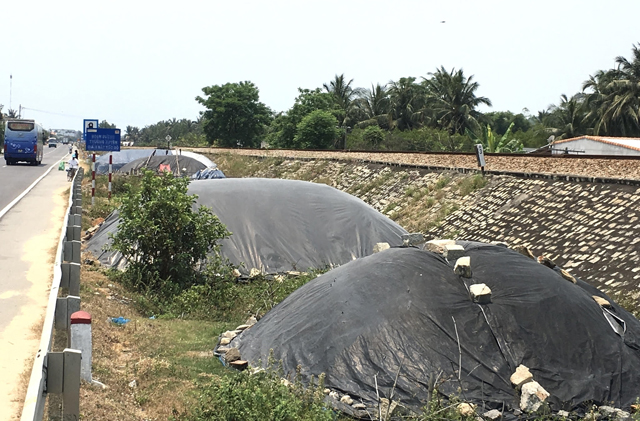
Crystallized salt after harvesting is piled up and covered with tarpaulin, waiting to be sold. Photo: CH
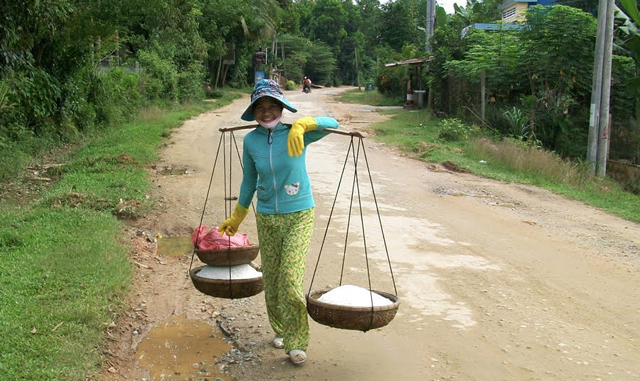
Many years before, to sell salt, Sa Huynh salt farmers transported and carried it around the province to sell. Photo: CH (taken in 2016).
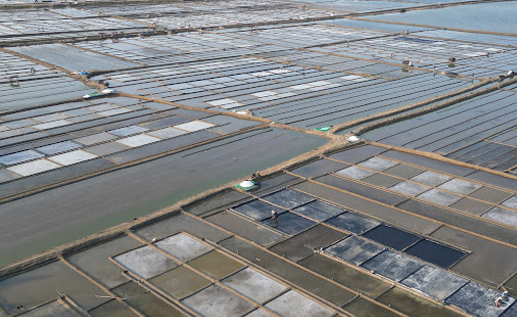
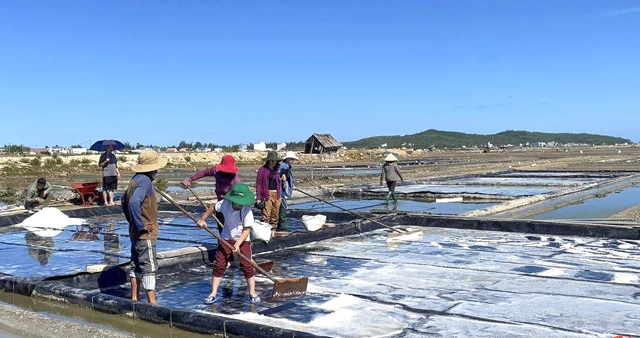
Tourists experience salt making in Sa Huynh fields. Photo: SH
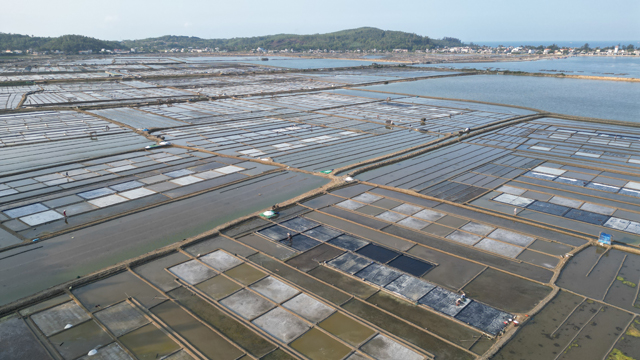
A corner of Sa Huynh salt fields seen from above. Photo: PL
Source: https://danviet.vn/nghe-lam-muoi-cua-diem-dan-sa-huynh-tro-thanh-di-san-van-hoa-phi-vat-the-quoc-gia-20241214143859331.htm


![[Photo] Ho Chi Minh City Youth Take Action for a Cleaner Environment](https://vphoto.vietnam.vn/thumb/1200x675/vietnam/resource/IMAGE/2025/11/04/1762233574890_550816358-1108586934787014-6430522970717297480-n-1-jpg.webp)
![[Photo] The road connecting Dong Nai with Ho Chi Minh City is still unfinished after 5 years of construction.](https://vphoto.vietnam.vn/thumb/1200x675/vietnam/resource/IMAGE/2025/11/04/1762241675985_ndo_br_dji-20251104104418-0635-d-resize-1295-jpg.webp)
![[Photo] Comrade Nguyen Duy Ngoc holds the position of Secretary of the Hanoi Party Committee](https://vphoto.vietnam.vn/thumb/1200x675/vietnam/resource/IMAGE/2025/11/04/1762234472658_a1-bnd-5518-8538-jpg.webp)


![[Photo] Ca Mau "struggling" to cope with the highest tide of the year, forecast to exceed alert level 3](https://vphoto.vietnam.vn/thumb/1200x675/vietnam/resource/IMAGE/2025/11/04/1762235371445_ndo_br_trieu-cuong-2-6486-jpg.webp)
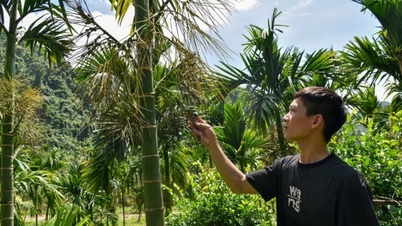

![Veterinary vaccine story: [Part 1] Trust from healthy ducks](https://vphoto.vietnam.vn/thumb/402x226/vietnam/resource/IMAGE/2025/11/04/1762242604682_0249-dsc09461-145316_229.jpeg)








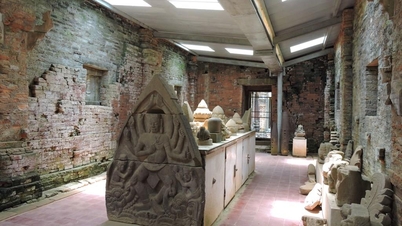
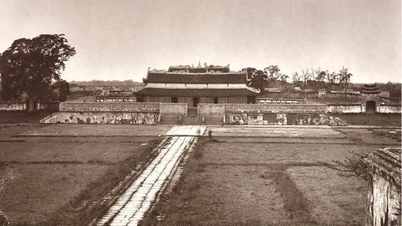






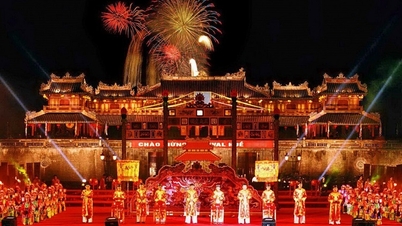

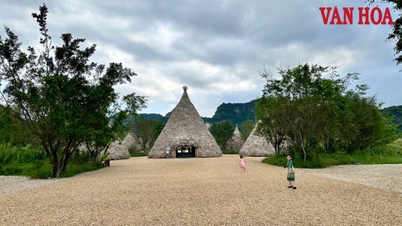



















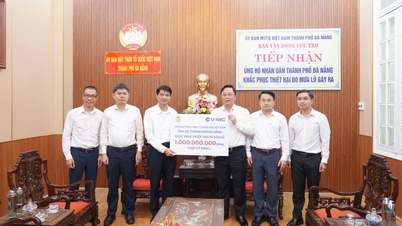





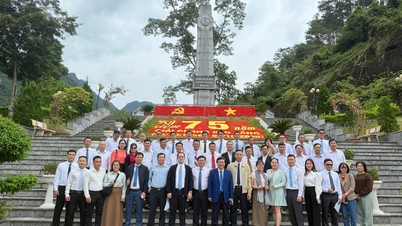










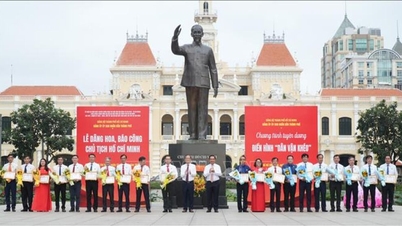










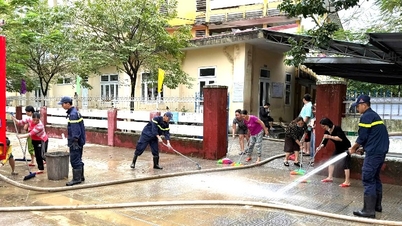

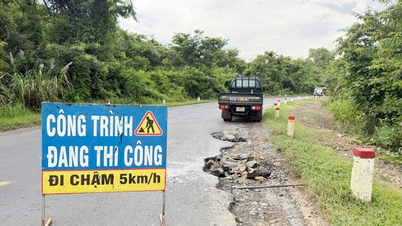


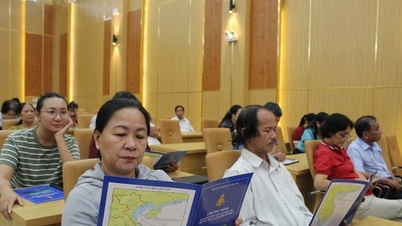

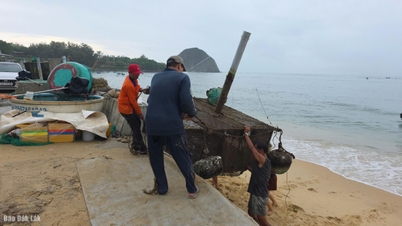















Comment (0)